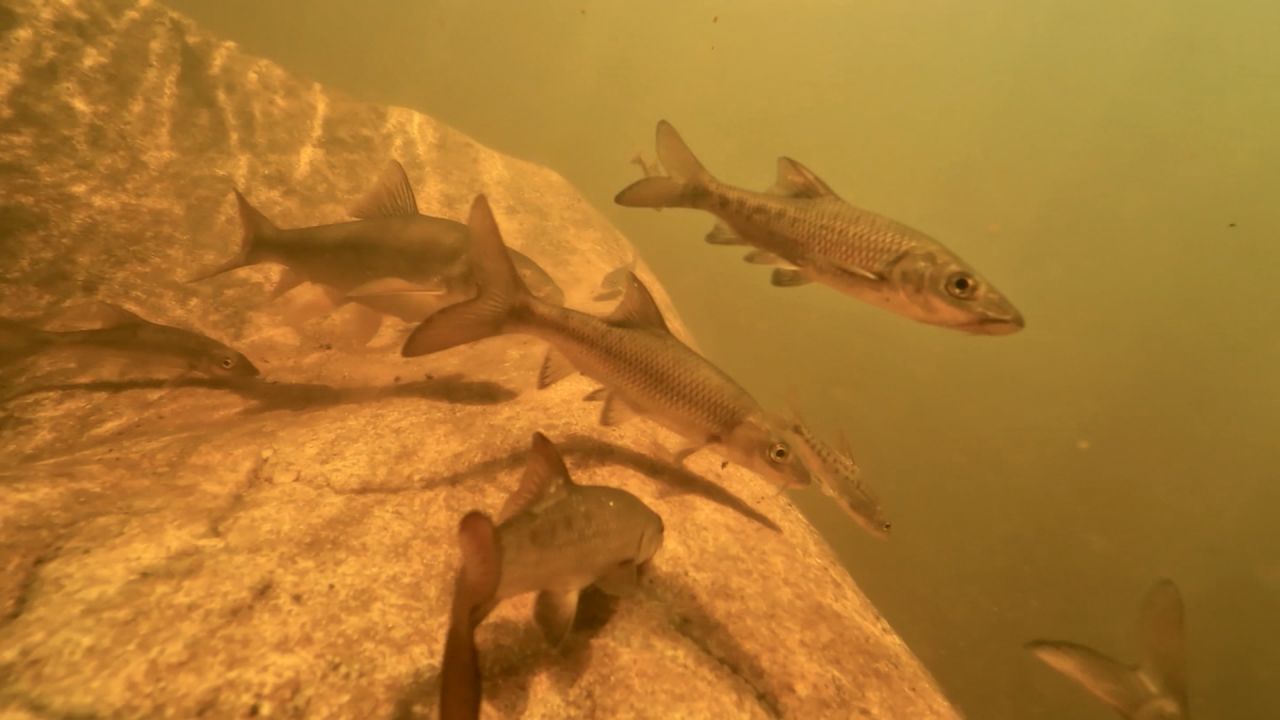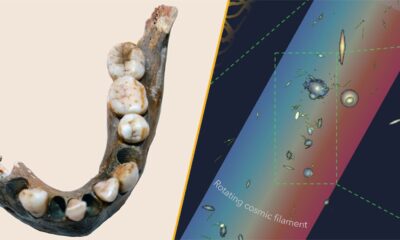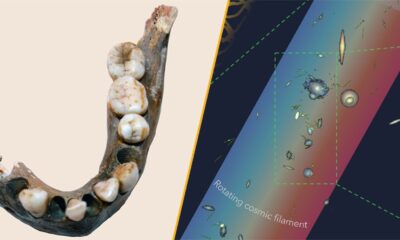Science
Conservationists Unite to Save South Africa’s Endangered Sandfish

The Clanwilliam sandfish, a species native to South Africa’s Western Cape, is facing a critical decline in population due to habitat loss and environmental changes. Once abundant, these fish were known for their impressive migrations, which stirred the waters of the region’s freshwater ecosystems. Today, conservationists are working diligently to restore this threatened species and its habitat.
Understanding the Decline
The Clanwilliam sandfish, scientifically known as *Labeo seeberi*, has experienced a significant population drop over recent decades. This decline is attributed to various factors, including increased water abstraction for agricultural purposes, pollution, and the introduction of non-native species. The South African National Biodiversity Institute (SANBI) reports that the fish’s habitat, particularly in the Olifants River system, has been severely compromised, leading to their classification as endangered under the country’s Endangered Species Act.
Research conducted by the University of Cape Town highlights the urgency of the situation. In the past two decades, the sandfish population has diminished by over 90%. This alarming statistic underscores the need for immediate conservation efforts.
Conservation Initiatives in Action
Efforts to conserve the Clanwilliam sandfish are spearheaded by various organizations, including CapeNature, which focuses on the sustainable management of the region’s natural resources. The organization has initiated several projects aimed at restoring the natural habitats essential for the sandfish’s survival.
One notable initiative involves the re-establishment of natural flow regimes in the Olifants River. By collaborating with local farmers and water management authorities, CapeNature seeks to balance agricultural needs with ecological sustainability. This collaborative approach aims to create a conducive environment for the sandfish to thrive once again.
In addition to habitat restoration, research efforts have been intensified. Conservationists are studying the sandfish’s breeding habits and migratory patterns to develop effective strategies for their protection. These studies are crucial for understanding how to enhance the species’ resilience against ongoing environmental pressures.
Local communities have also become involved in conservation activities. Educational programs led by organizations such as SANBI aim to raise awareness about the importance of the Clanwilliam sandfish and its role in the ecosystem. By fostering a sense of stewardship among residents, these initiatives contribute to long-term conservation success.
Looking Ahead
The future of the Clanwilliam sandfish hinges on the success of these conservation efforts. As of 2023, the collaborative initiatives between governmental bodies, research institutions, and local communities are showing promise. Continued monitoring and adaptation of strategies will be essential in ensuring the survival of this iconic species.
The plight of the Clanwilliam sandfish serves as a reminder of the interconnectedness of ecosystems and the impact of human activity on biodiversity. Through dedicated conservation efforts, there is hope for the restoration of this unique fish species and the delicate habitats they inhabit.
-

 Technology5 months ago
Technology5 months agoDiscover the Top 10 Calorie Counting Apps of 2025
-

 Technology3 weeks ago
Technology3 weeks agoOpenAI to Implement Age Verification for ChatGPT by December 2025
-

 Health3 months ago
Health3 months agoBella Hadid Shares Health Update After Treatment for Lyme Disease
-

 Health4 months ago
Health4 months agoAnalysts Project Stronger Growth for Apple’s iPhone 17 Lineup
-

 Health4 months ago
Health4 months agoErin Bates Shares Recovery Update Following Sepsis Complications
-

 Technology5 months ago
Technology5 months agoDiscover How to Reverse Image Search Using ChatGPT Effortlessly
-

 Technology3 months ago
Technology3 months agoElectric Moto Influencer Surronster Arrested in Tijuana
-

 Technology5 months ago
Technology5 months agoMeta Initiates $60B AI Data Center Expansion, Starting in Ohio
-

 Technology2 months ago
Technology2 months agoDiscover 2025’s Top GPUs for Exceptional 4K Gaming Performance
-

 Technology5 months ago
Technology5 months agoRecovering a Suspended TikTok Account: A Step-by-Step Guide
-

 Health5 months ago
Health5 months agoTested: Rab Firewall Mountain Jacket Survives Harsh Conditions
-

 Lifestyle5 months ago
Lifestyle5 months agoBelton Family Reunites After Daughter Survives Hill Country Floods





















